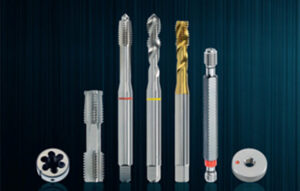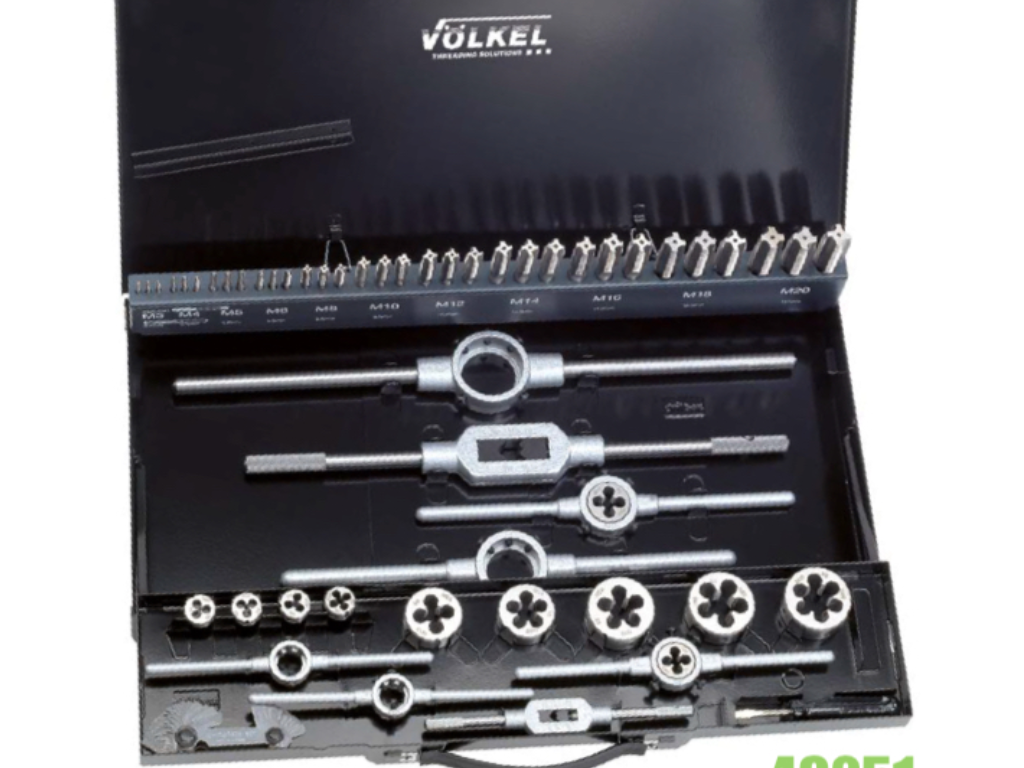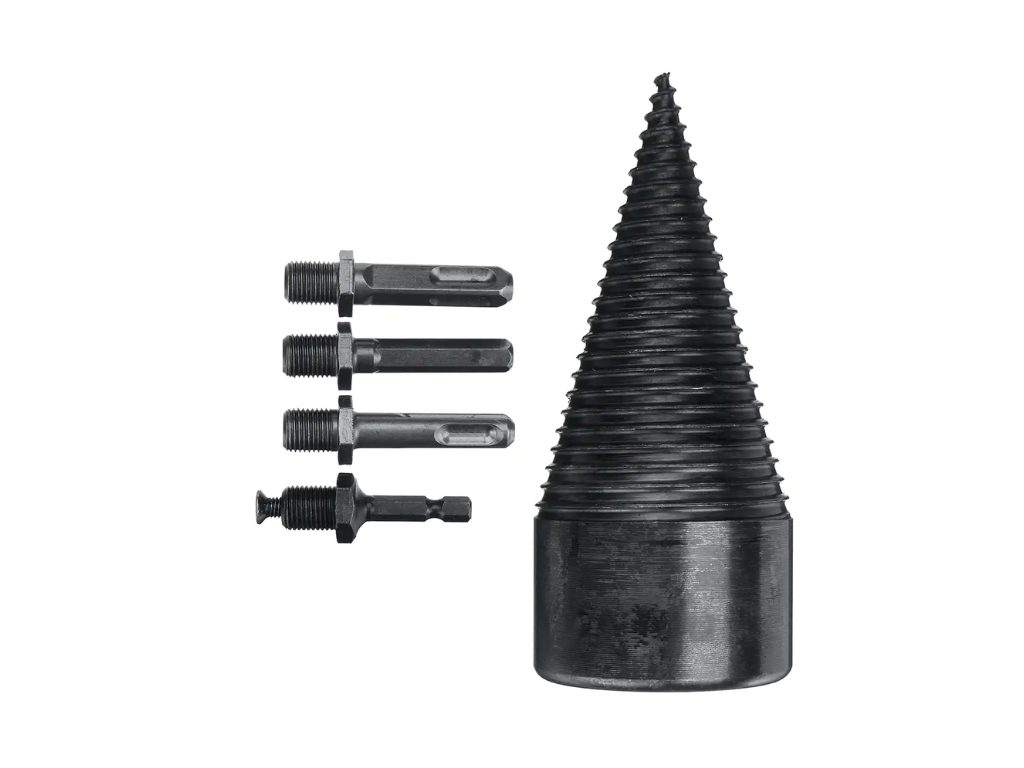The Infrared thermometers (IR) permit users to detect temperatures rapidly, from the distance of touching the thing you’re measuring. They’re so helpful and easy to use and enjoyable to use that they’ve become as popular in kitchens as they have been on factory floors. Infrared thermometers, also known as pyrometers are used extensively across a variety of industries and settings. They are particularly beneficial for applications where quick spots in temperature are needed. They are particularly beneficialwhen conventional temperature sensors are not easily employed.

These devices provide efficiency as well as safety and accuracy when finding fevers in large amounts of individuals. They do not, however, detect COVID-19 among these individuals. Research has proven that, when properly utilized infrared thermometers, also known as no-contact thermometers. They are as reliable as rectal or oral thermometers.
Infrared thermometers can be found in a variety of industrial and laboratory applications for temperature control. Some examples of low-temperature applications are extrusion and lamination, and drying of paper, plastics and rubber. Also, the curing paints, adhesives, and resins as well as cold-rolling, forming and cold-rolling of metals.
A few examples of high-temperature processes include the forming tempering, annealing and forming from glass, smelting; rolling, casting, forging and heat treating metals; as well as calcining and firing of cement and ceramics.
In other words, an infrared thermometer is a great tool. A great tool for virtually any field within the range of 3600 to 0°C. Its unique capabilities are able to turn an almost impossible control or measurement problem into a functional process. Many of the processes currently run manually can be changed to automated, continuous processes.
Importance of having HSS drill bits
HSS drill bits are an acronym for high-speed steel drill bits, are exceptionally durable and specifically made specifically for drilling into the surface of metal since they are more resistant to heat produced by the high speed of operation. The front edges cut through the material, while the spirals eliminate debris from the hole.

The High-speed Steel (HSS or HSH) is one of the subsets among tool steels. That is commonly used for cutting tool materials. It is typically employed in power-saw blades as well as drill bits. It is superior to earlier high-carbon steel tools that were widely used in the 1940s. In that it is able to stand up to higher temperatures without losing temperature (hardness).
Importance of cutting tools
A machine tool or a metal cutting tool is utilized to make metal parts of machines using machining, which is a method whereby the metal is removed in a specific way to produce a desired shape. From simple to intricate pieces, these tools are able to produce components of various dimensions and shapes. Metal Cutting Tools have gradually changed over the decades.
These days machines are made with computerized numerical control (CNC) machines that are able to repeat sequences at extreme precision and produce intricate pieces that are of different sizes and shapes. Different techniques are employed to eliminate unwanted metal in the process of creating or shaping parts, including one edge cutters, cutting tools with multiple edges such as electrical discharge machining and grinding (abrasive cutting).
If you’re finding the best infrared thermometers then make sure to go through the official website of the Techno Mech where you can see multiple thermometers and other products that are related to the equipment.










